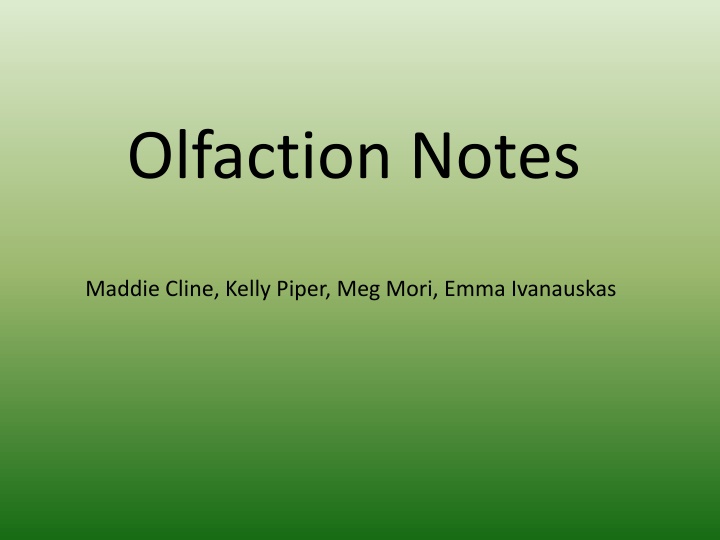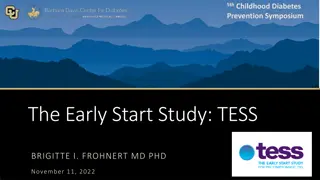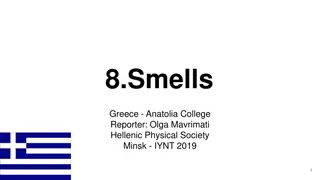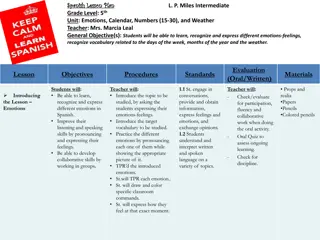
Understanding Olfaction: The Sense of Smell Explained
Uncover the intricacies of olfaction, the sense of smell, exploring the anatomy of the olfactory organs, the role of olfactory receptors, and the process of detecting odorants. Discover how normal inhalation and sniffing affect the stimulation of olfactory receptors, leading to the transmission of smell information to the central nervous system.
Download Presentation

Please find below an Image/Link to download the presentation.
The content on the website is provided AS IS for your information and personal use only. It may not be sold, licensed, or shared on other websites without obtaining consent from the author. If you encounter any issues during the download, it is possible that the publisher has removed the file from their server.
You are allowed to download the files provided on this website for personal or commercial use, subject to the condition that they are used lawfully. All files are the property of their respective owners.
The content on the website is provided AS IS for your information and personal use only. It may not be sold, licensed, or shared on other websites without obtaining consent from the author.
E N D
Presentation Transcript
Olfaction Notes Maddie Cline, Kelly Piper, Meg Mori, Emma Ivanauskas
Olfaction 5 Special Senses 1.Olfaction 2.Gustation 3.Vision 4.Equilibrium 5.Hearing
Olfaction Olfaction the sense of smell Our sense of smell does not compare to with dogs, cats, or fish Provided by paired olfactory organs Organs are located in the nasal cavity on either side of the nasal septum
Olfaction Organs made up of two layers: Olfactory epithelium Lamina propria
Olfaction Olfactory epithelium made up of: a)Olfactory receptor cells b)Supporting cells c) Regenerative basal cells (stem cells)
Olfaction Lamina propria contains: a) Areolar tissue b) Numerous blood vessels c) Nerves d) Olfactory glands (Bowman s glands) secretions absorb water and form a thick pigmented mucus
Olfaction Normal inhalation: 2% of inhaled air to olfactory organs Sniffing increases flow of air across the olfactory epithelium and intensifies the stimulation of the olfactory receptors
Olfactory Receptors Olfactory receptor-Highly modified neuron Larger olfactory receptor surface= better sense of smell Contains up to 20 cilia a) exposed to inhaled compounds b) site of reception (smell) c) contain odorant-binding proteins
Olfactory Receptors Odorants Chemicals that stimulate olfactory receptors Small organic molecules
Olfactory Receptors Receptors are G proteins Receptor binds to odorant and activates adenylate cyclase a) Converts ATP to cyclic-AMP (cAMP) cAMP opens sodium channels in membrane results in a localized depolarization Action potential is triggered in the axon and smell information goes to the central nervous system (CNS)
Olfactory Pathways Olfactory system is very sensitive Stimulus does not always reach the olfactory cortex Persistent stimulus- olfactory receptors adapt very little which causes lost awareness of a new smell
Olfactory Pathways Axons go from olfactory epithelium cribriform plate olfactory bulbs Olfactory bulbs- where first synapse occurs Axons leaving the olfactory bulbs go from olfactory tract to olfactory cortex (the hypothalamus)
Olfactory Discrimination Olfactory system can differentiate between 2000- 4000 stimuli (smells) At least 50 primary smells are known Impossible to describe these sensory impressions
Aging and Olfactory Sensitivity New olfactory receptor cells are produced by division of basal cells in the epithelium Total number of receptors declines with age Receptors become less sensitive Elderly have hard time detecting smells of low concentrations
Occupations associated with Olfaction Smell research technician- test products to see if they smell bad or good Otorhinolaryngologist- a doctor who specializes in diseases of the ear, nose, and throat
Diseases/ Conditions associated with olfaction Deviated septum- displacement of the nasal septum or a bend causing nasal blockage on one side, post-nasal drip and trouble breathing Choanal Atresia- nasal blockage occurring in infants affecting one side of the nose and chest retractions causing sinking of the chest Sinus infection- inflammation, or swelling, of the tissue lining the sinuses
http://www.careersearch.com/smell-research- technician/






















